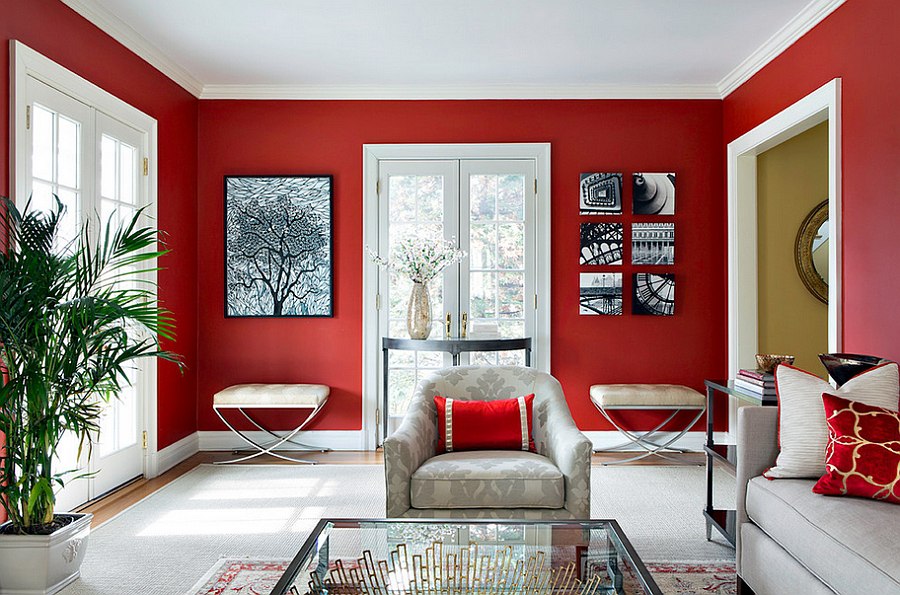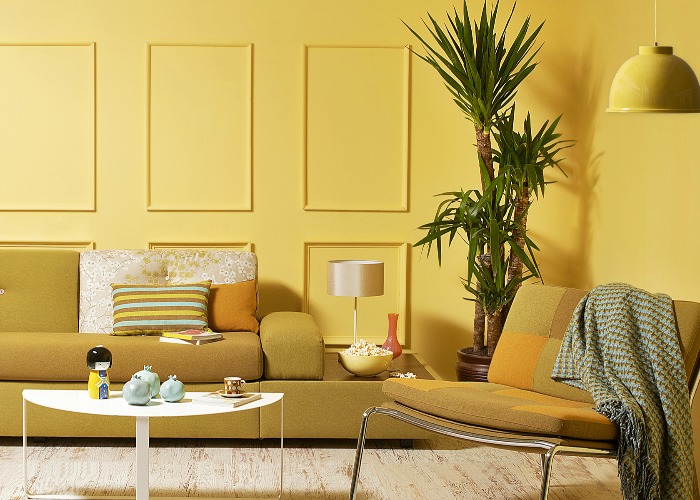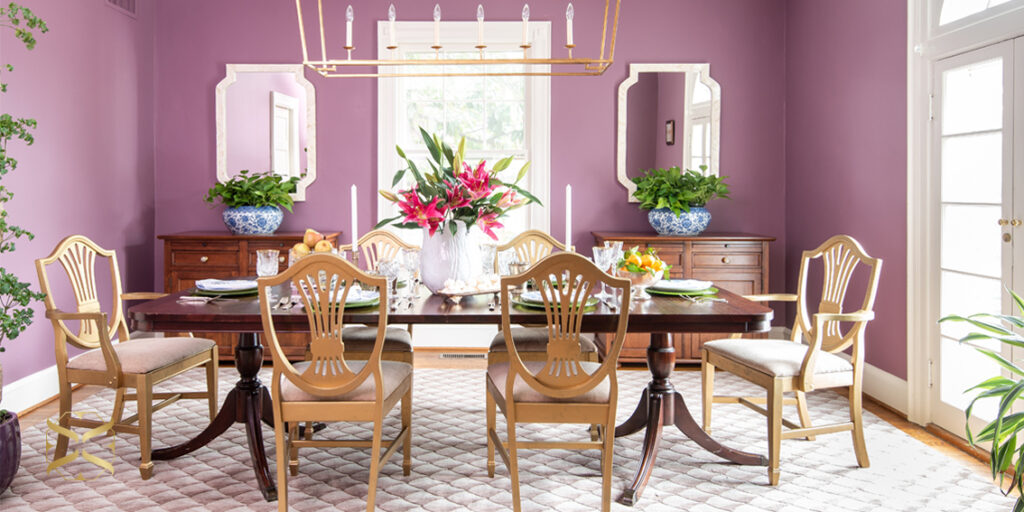The Power of Paint Colors
Do you believe that paint colors can signal you to take action, influence how you feel or even raise your blood pressure? It’s been long believed that colors have the power to affect emotions, moods and feelings. The question is how exactly does this work and why do our bodies respond in different ways to different colors?
While perceptions of color are somewhat subjective, there are some color effects that have universal meaning. Colors in the red area of the color spectrum are known as warm colors and include red, orange, and yellow. These warm colors evoke emotions ranging from feelings of warmth and comfort to feelings of anger and hostility.
On the other hand, colors on the blue side of the spectrum are known as cool colors and include blue, purple, and green. These colors are often described as calm but can also call to mind feelings of sadness or indifference.
The way you feel about color is often deeply personal and rooted in your own experience or culture. For example, while the color white is used in many Western countries to represent purity and innocence, it is seen as a symbol of mourning in many Eastern countries.
So, before you choose new paint colors for your home, let’s see how people respond to them!
While perceptions of color are somewhat subjective, there are some color effects that have universal meaning. Colors in the red area of the color spectrum are known as warm colors and include red, orange, and yellow. These warm colors evoke emotions ranging from feelings of warmth and comfort to feelings of anger and hostility.
On the other hand, colors on the blue side of the spectrum are known as cool colors and include blue, purple, and green. These colors are often described as calm but can also call to mind feelings of sadness or indifference.
The way you feel about color is often deeply personal and rooted in your own experience or culture. For example, while the color white is used in many Western countries to represent purity and innocence, it is seen as a symbol of mourning in many Eastern countries.
So, before you choose new paint colors for your home, let’s see how people respond to them!
Black

- Black is often used as a symbol of menace or evil, but it’s also popular as an indicator of power.
- Black is associated with death and mourning in many cultures.
- In ancient Egypt, black represented life and rebirth.
- Black is often used in fashion and was recently ranked as the #1 clothing color choice for men and women alike!
- Consider how black is used in language: Black Death, blackout, black cat, blacklist, black market, black tie, black belt.
White

- White can represent purity or innocence.
- White is bright and can create a sense of space or add highlights. Designers often use white paint colors to make rooms seem larger and more spacious.
- White is also described as cold, bland, and sterile. Hospitals and hospital workers use white to create a sense of sterility.
- Some of the positive meanings that white can convey include cleanliness, freshness, and simplicity. The color white often seems like a blank slate, symbolizing a new beginning or a fresh start.
Red

- Red is a bright, warm color that evokes strong feelings
- Red is associated with love, warmth, and comfort.
- Red is also considered an intense, or even angry, color that creates feelings of excitement or intensity.
- Consider how red is used in language: red-hot, red-handed, paint the town red, seeing red.
Blue

- Blue is described as a favorite color by many people and is the color most preferred by men.
- Blue calls to mind feelings of calmness or serenity. It is often described as peaceful, tranquil, secure, and orderly.
- Blue is often seen as a sign of stability and reliability. Businesses that want to project an image of security often utilize blue in their advertising and marketing efforts.
- Blue can also create feelings of sadness or aloofness.
- Blue is one of the most popular colors, but it is one of the least appetizing. Some weight loss plans even recommend eating your food off of a blue plate.
- Blue may have the ability to lower pulse rate and body temperature.
Yellow

- Warmth: Yellow is a bright that is often described as cheery and warm.
- Frustration: Yellow can also create feelings of frustration and anger. While it is considered a cheerful color, people are more likely to lose their tempers in yellow rooms and babies tend to cry more in yellow rooms.
- Energetic: Yellow can also increase metabolism.
- Attention-grabbing: Since yellow is the most visible color, it is also the most attention-getting color. Yellow can be used in small amount to draw notice, such as on traffic sign or advertisements.
Green

- Green is a cool color that symbolizes nature and the natural world.
- Green also represents tranquility, good luck, health, and jealousy.
- Researchers have also found that green can improve reading ability. Some students may find that laying a transparent sheet of green paper over reading material increases reading speed and comprehension.
- Green has long been a symbol of fertility and was once the preferred color choice for wedding gowns in the 15th-century.
- Green paint colors are often used in decorating for their calming effect.
Purple

- Purple is the symbol of royalty and wealth. In ancient times, creating dyes to color fabric often required a great deal of effort and expense, especially for certain colors. Because purple is less common in nature, the resources needed to create a dye in this color were much more hard to come by and much more costly. For this reason, the color purple became associated with wealth and royalty because they were the only individuals who could afford such expensive items.
- Purple can evoke feelings of wisdom, curiosity, and sensuality.
As we can see, color plays an important role in conveying information, creating a certain mood, and even influencing the decisions we make. Whether we realize it or not, color influences us every day when we choose what clothes to where, what food to eat, and what colors to decorate our personal spaces. As an experiment, try painting a bedroom using a calming cool tone or buy a red accent chair for your home and see how you feel, you might be surprised!
Ready to test out this color theory in your home? Schedule your free in-person or virtual estimate with ONiT Painting today!!





